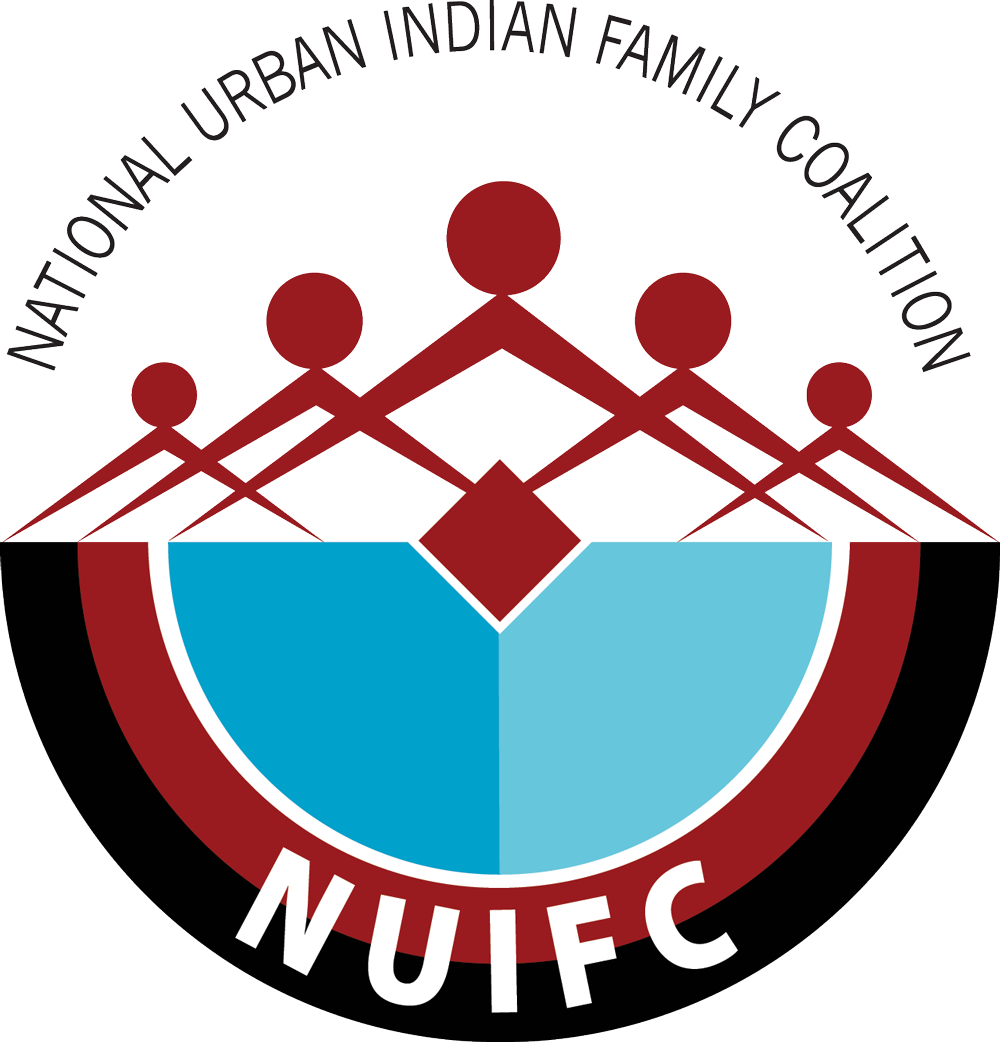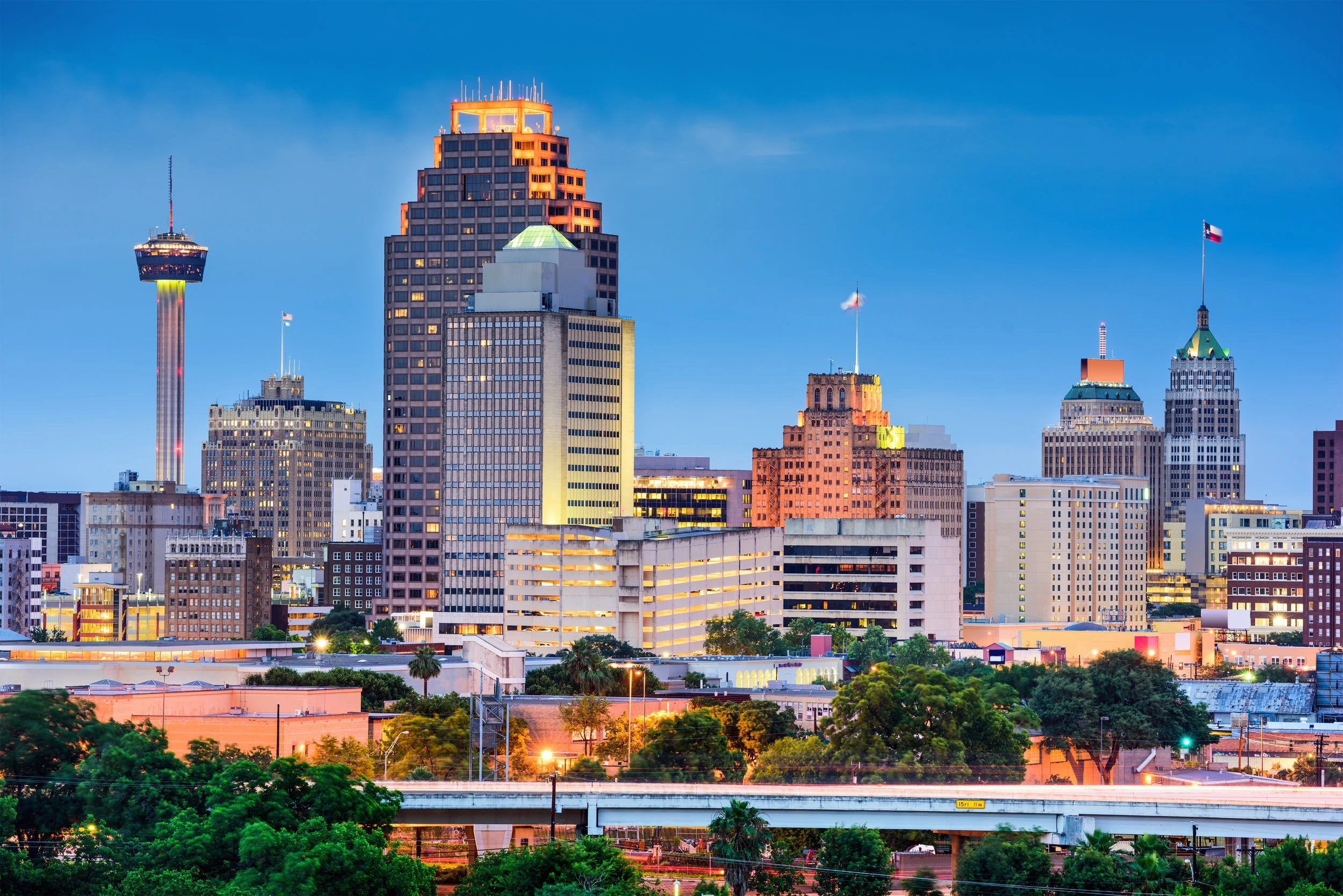san antonio, texas
American Indians in Texas Spanish Colonial Missions
The Mission of the American Indians in Texas at the Spanish Colonial Missions is to work for the preservation and protection of the culture and traditions of the Tap Pilam Coahuiltecan Nation and other indigenous people of the Spanish Colonial Missions in South Texas and Northern Mexico through: education, research, community outreach, economic development projects and legislative initiatives at the federal, state and local levels..
San Antonio Native American Community Profile
San Antonio, in Bexar County, Texas has the 10th largest Native American population in the United States (NUIFC). There are more than 18,664 Native Americans/Alaska Natives of one or more races and one or more tribes who call Bexar County home. In the 7 surrounding counties, there are an additional 3,763 Native American/Alaska Native persons (TXSDC, 2000). Of the Native American/Alaska Native population, there are those who have come to Bexar County for its provided opportunities, while others have always been here and are the descendants of the area’s first settlers. Many are from federally recognized tribes, while others are not. Nevertheless, we all share a unique history and culture that is directly tied to the land and our environment.
Bexar County rests on an aquifer making the area rich in water and lush with vegetation and wildlife. This unique part of Texas, for its ability to sustain life, became a perfect place for settlement. Its many springs provided a seemingly endless supply of drinking water for its inhabitants. With its abundance of water sources, the county itself has long been settled prior to the arrival of Spanish and White settlers. Historically, such tribes as the Coahuiltecan, Tonkawa, Karankawas, Carrizo, Caddoans, and Apaches have been known to be some of the first people to have settled in the area. Many parts of Bexar County are built over the first settlements made by the area’s first inhabitants. As early as the mid 17th century, the early Spanish explorers and missionaries began to arrive in South Texas. What came to follow would be the beginning of the integration and assimilation of the natives of South Texas and northern Mexico. With a majority of the native populations decimated by European and Spanish diseases, many of the native peoples became a part of the Missions to seek refuge and food in exchange for labor and religious conversion. Mission Indians would then learn the trades of farm work and ranching as opposed to their usual hunting and gathering methods. Over the years, as the landscape was transformed into a system of labores, ranchos, and acequias, so too did the Indians of South Texas. After the missions were closed down, all of the natives had been given Spanish surnames and thereafter were considered Hispanic.
In recent US history, Native American and Alaska Native migration to urban areas like San Antonio has been consistently linked to United States federal government policies. The major influences for the change were socially, economically and environmentally driven. The most damaging of the social policies implemented by the United States toward Native Americans were boarding schools, relocation and termination. Many Native Americans/Alaska Natives have moved to cities based on economic need, oftentimes with their reservations or land being disturbed by the economic development of urban cities. Frontier ethics and environmental exploitation have affected rural areas in such a way that many Native Americans/Alaska Natives move to cities out of necessity.


